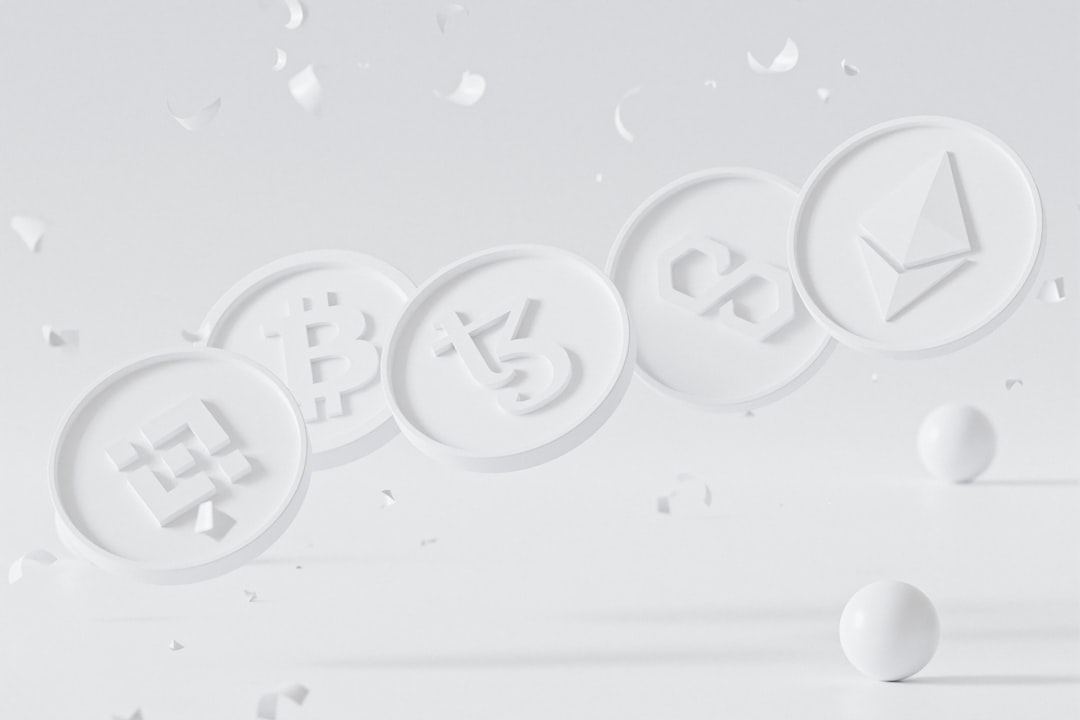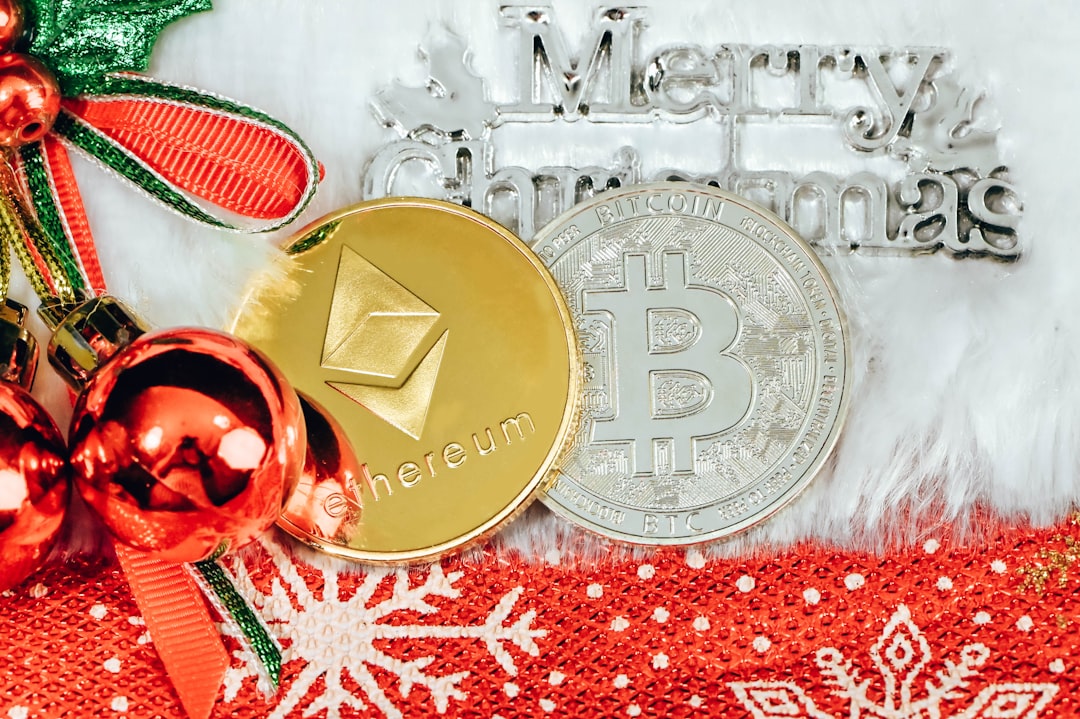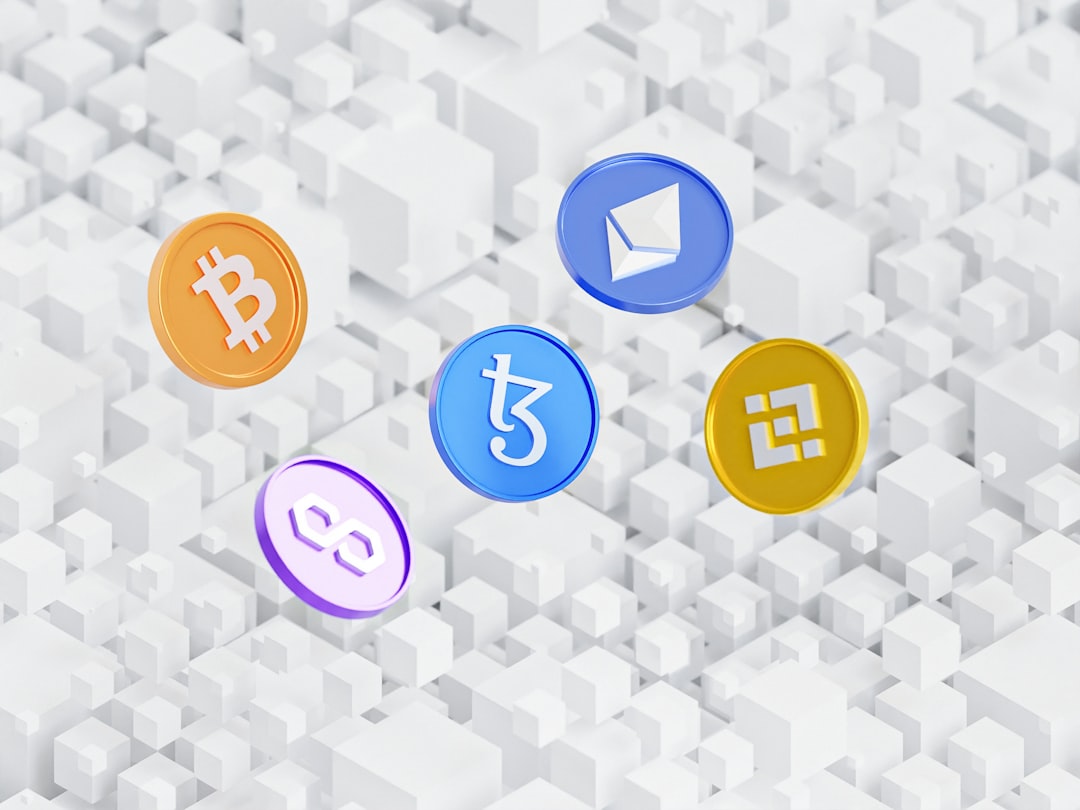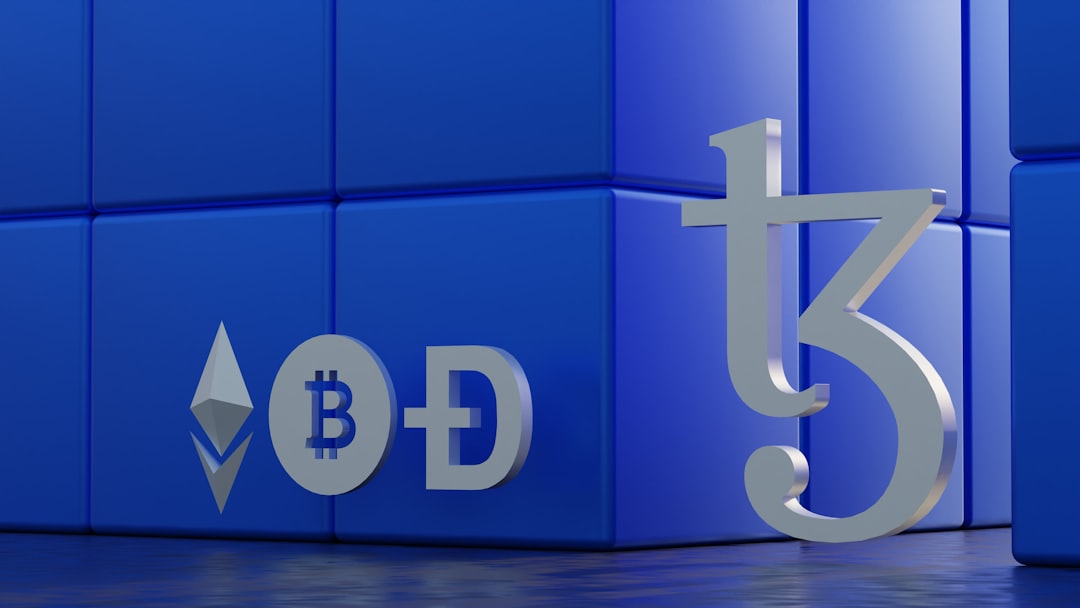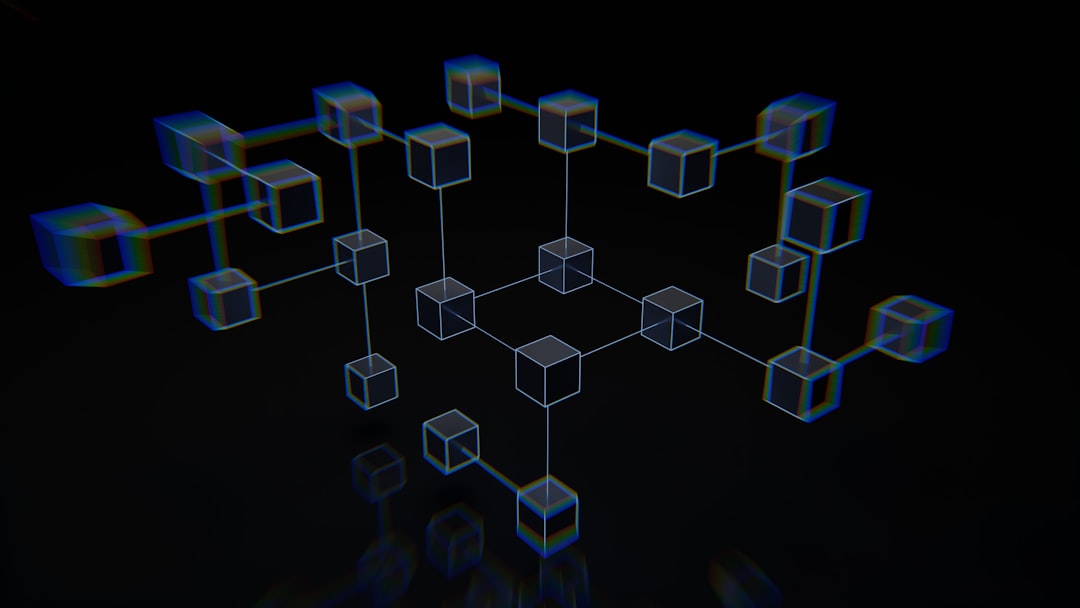Non-fungible tokens, or NFTs, are a relatively new phenomenon that has swept the digital world in recent years. These distinctive digital assets have become extremely well-liked and a popular conversation point for investors, collectors, enthusiasts, and artists alike. What are NFTs, though, and why are they so significant in the digital world? NFTs are digital assets that signify ownership or provide evidence of the provenance of a particular item or work of content, including virtual real estate, music, videos, artwork, and collectibles.
Key Takeaways
- NFTs are unique digital assets that are changing the way we think about ownership in the digital world.
- There are various platforms and marketplaces available for buying and selling NFTs, each with their own unique features and benefits.
- Popular NFT collectibles can fetch high prices in the market, with some selling for millions of dollars.
- NFTs are also being used in the art, gaming, music, real estate, and sports industries to revolutionize ownership and investment.
- Staying up-to-date with the latest NFT news and trends is important for anyone interested in this emerging technology.
NFTs cannot be exchanged for other cryptocurrencies on a like-for-like basis, in contrast to fungible cryptocurrencies like Bitcoin and Ethereum, which can be exchanged one-to-one. Every NFT is unique and cannot be duplicated or swapped out. Being able to offer a transparent and safe method of acquiring and exchanging digital assets is what makes NFTs so important. They make use of blockchain technology, which guarantees that every transaction is documented and authenticated on a decentralized ledger, rendering it almost hard to falsify or alter. Because it enables the monetization and ownership of digital content in a way that was previously unthinkable, this has opened up a world of opportunities for creators, collectors, and investors.
The origins of NFTs can be found in Colored Coins, a protocol developed on top of the Bitcoin blockchain, which first proposed the idea in 2012. However, it wasn’t until 2017 that CryptoKitties, a blockchain-based game that let players collect, breed, and trade virtual cats, was released that NFTs became widely known. The Ethereum network experienced congestion due to the popularity of this game, demonstrating the potential of NFTs in the digital world.
The increasing demand for NFTs has led to the emergence of multiple platforms and marketplaces that enable the buying & selling of these digital assets. Let’s examine some of the most well-liked NFT channels in more detail and see how they stack up against one another. 1. One of the biggest & best-known NFT marketplaces is OpenSea.
| Metrics | Data |
|---|---|
| Number of NFTs sold in 2021 | Over 2 billion |
| Number of NFT marketplaces | Over 50 |
| Most expensive NFT sold | 69 million |
| Number of unique NFT buyers | Over 10 million |
| Number of NFT creators | Over 100,000 |
It provides a large selection of digital assets, such as virtual real estate, artwork, and collectibles. OpenSea facilitates the seamless buying, selling, & trading of NFTs by utilizing the Ethereum blockchain. Creators can mint & list their own NFTs with the help of these tools. 2.
Rarible: Another well-known NFT marketplace running on the Ethereum network is called Rarible. It sets itself apart by enabling non-programming users to make and market their own NFTs. Because they can now easily monetize their work through the platform, artists and creators have formed a vibrant community. Three. NBA Top Shot: Dedicated to digital basketball collectibles, NBA Top Shot is a distinct NFT marketplace. It features a variety of moments, which are brief video clips of legendary basketball plays, and has an official NBA license.
On the platform, fans can purchase, trade, & sell these moments, giving them a piece of basketball history. 4. SuperRare is a digital artwork-focused NFT marketplace that is carefully curated. It displays an assortment of one-of-a-kind and limited-edition works made by international artists that have been carefully chosen.
Since every piece of art on SuperRare is tokenized as an NFT, enthusiasts are able to possess and exchange these digital works of art. Transactions involving the purchase and sale of NFTs are generally simple. On a marketplace, users can peruse the available listings, choose the NFT they want, and pay with cryptocurrency. The NFT is delivered to the buyer’s digital wallet upon completion of the transaction, granting them ownership documentation.
The world of collectibles that NFTs have opened up is among its most exciting features. Numerous NFT collectibles have seen a substantial increase in value in the market, ranging from digital toys to virtual trading cards. Let’s examine some common NFT collectibles and the variables that affect their worth. 1. Among the most classic & early NFT collectibles are CryptoPunks.
There are 10,000 different 24×24 pixel art characters in all, and each has unique characteristics. The scarcity & historical significance of CryptoPunks in the NFT space contributed to their rise in popularity. Collectors now view owning a CryptoPunk as a status symbol; rare examples have been known to fetch millions of dollars. 2.
The 10,000 unique NFTs in the Bored Ape Yacht Club collection feature cartoon apes with a variety of accessories & characteristics. A private online club with exclusive events and activities is also accessible to members of every Bored Ape NFT. Some Bored Ape NFTs have sold for over a million dollars, demonstrating the explosive rise in value of these tokens.
Three. Art Blocks: Artists can produce generative art projects as NFTs using this platform. Unique and one-of-a-kind artwork created by algorithms is the focus of these projects. The demand from collectors, the rarity of the artwork, and the artist’s reputation all affect the value of Art Blocks NFTs. Numerous factors, such as scarcity, uniqueness, historical significance, and the creator’s reputation, affect the value of NFT collectibles. The demand from investors and collectors also has a significant impact on how much these digital assets are worth.
Before making an investment in NFT collectibles, as with any other investment, it is crucial to conduct extensive research and weigh all associated risks. By giving artists new avenues for production, distribution, and income, NFTs have completely changed the art world. Artists can now directly connect with their audience and sell their artwork as NFTs, eliminating the need for traditional entry barriers like galleries and auction houses. Explore some examples of NFT art, talk about the possibilities for the future, and learn about how NFTs are transforming the art world. 1. Democratizing Art: By giving artists from all backgrounds a platform to exhibit & sell their work, NFTs have helped to democratize the art world.
Because artists are no longer constrained by the established gatekeepers of the art industry, a wide variety of artistic styles and perspectives have resulted. 2. The capacity to include royalties and resale rights for artists is one of the special features of NFTs. As a result, each time an NFT is sold or traded on the secondary market, artists stand to make a portion of the proceeds.
This guarantees that artists will continue to reap the rewards of the appreciation of their work and gives them a steady stream of income. 3. Digital Art Installations: New avenues for digital art installations have been made possible by NFTs. By fusing digital and physical components, artists can produce immersive experiences that let viewers engage with the artwork in novel ways. The lines separating the digital and physical worlds are becoming increasingly hazy, which gives artists amazing chances to explore new creative frontiers.
Notable NFT artwork includes Beeple’s “Everydays: The First 5000 Days,” which broke records when it sold for $69 million at auction, and Beeple’s “Crossroads,” which brought $6.6 million when it was resold as an NFT. The value & ownership of digital art have become a global topic of discussion as a result of these sales, which have popularized NFT art. NFT art has many potential applications in the future.
We should anticipate more immersive, interactive art experiences that push the boundaries of creativity as technology develops. Also, the combination of NFTs with augmented and virtual reality technologies may make it possible to experience and acquire art in completely new ways. Because NFTs give players a new way to own & trade in-game assets, the gaming industry has embraced them with gusto. Since NFTs let users earn money from their gaming experiences & actually own their virtual goods, they have the potential to completely transform the gaming sector. Let’s examine how NFTs are influencing game play, take a look at some NFT games, and talk about what lies ahead for NFT gaming. 1.
Players can now truly own the in-game items they own thanks to NFTs. NFTs let users freely purchase, sell, & exchange their virtual goods, in contrast to traditional games where the item owner and control is with the game developer. This creates a secondary market for in-game assets and gives players more ways to make money off of their gaming experiences. 2. Play-to-Earn: The gaming industry first heard of “play-to-earn” thanks to NFTs.
By engaging in gameplay, finishing missions, or hitting specific milestones, players can gain access to priceless in-game items or cryptocurrency. Players can then profit in the real world from their gaming prowess by selling or trading these assets on the secondary market. 3. Virtual Worlds: NFTs have made it possible to create virtual worlds in which users can trade & own digital assets such as artwork and real estate. These virtual environments offer a social and engaging experience that lets users communicate with one another and discover new possibilities. One of the most well-known instances of NFT gaming is the blockchain-based game Axie Infinity, in which users can gather, breed, and engage in combat with virtual animals known as Axies. Players who engage in gameplay and trade their Axies can earn a substantial income on Axie Infinity, which has amassed a large fan base.
Decentraland, a virtual world where users can create original experiences for others to explore & buy, sell, and trade virtual land, is another example. The potential that lies ahead for NFT gaming is fascinating. We should anticipate more dynamic and immersive gaming experiences that make use of NFTs as blockchain technology develops. Also, combining NFTs with augmented and virtual reality technologies may result in completely new gaming and experience opportunities. NFTs are being embraced by the music industry as a means of transforming digital music distribution & ownership.
NFTs enable musicians to profit from their music in fresh and creative ways while giving them a direct line of communication with their fans. Let’s examine how NFTs are transforming the music business, take a listen to some NFT tracks, and talk about what lies ahead. 1. Direct Artist-Fan Interaction: Through NFTs, artists can interact with their fans in-person and provide exclusive opportunities to win prizes. Musicians can put out limited-edition NFTs with special benefits like backstage passes, meet-and-greets, or even the chance to work together on a song.
In addition to giving artists a new source of income, this direct communication strengthens the bond between them and their fans. 2. The inclusion of royalties and revenue sharing mechanisms in music releases is permitted by NFTs for artists. As a result, each time a piece of their music is purchased or streamed, artists are entitled to a portion of the earnings. This makes it possible for musicians to get paid more fairly & openly for their music. 3. Tokenized Songs and Albums: New opportunities for the tokenization of songs and albums have been made possible by NFTs.
Musicians have the option to release their songs as NFTs, giving fans the opportunity to own a special piece of the song and share in its success. In addition to giving musicians a new avenue for music monetization, this gives fans a sense of exclusivity and ownership. A few noteworthy instances of NFT music are the NFT releases of the albums “When You See Yourself” by Kings of Leon and “Ultraviolet” by 3LAU, which sold for over $11 million at auction. These illustrations show how NFTs have the ability to upend the music industry as it currently exists and give musicians new avenues for interaction with their fan base. NFT music has many potential applications in the future. We should anticipate fresh approaches to music release and revenue as musicians continue experimenting with NFTs.
Also, a more open and equitable ecosystem where musicians have more control over their work and receive a fair share of the revenue could be created by integrating blockchain technology with streaming services. Also, NFTs have entered the real estate market, offering a fresh approach to investing in, purchasing, and selling virtual properties. Individuals can now own & trade virtual properties on blockchain-based platforms thanks to NFTs, which enable the tokenization of real estate assets.
We’ll examine how NFTs are transforming the real estate market, examine some NFT real estate examples, & talk about the prospects for the future. 1. Fractional Ownership: Real estate assets can be owned in fractions thanks to NFTs. As a result, a property can be owned in part by several people, creating more accessible and reasonably priced investment opportunities.
Because fractional ownership allows for the easy purchase, sale, & exchange of NFTs representing portions of a property on blockchain-based platforms, fractional ownership also offers liquidity. 2. The realm of virtual real estate has been made possible by NFTs, allowing people to trade and own virtual properties and land in virtual worlds. These virtual spaces can be used for a number of things, like holding events, showing artwork, or developing original experiences that people can discover. People now have a new avenue for self-expression & involvement in the digital economy thanks to virtual real estate. 3.
Real estate investing could be revolutionized by NFTs since they make it possible for people to purchase tokenized real estate assets. Investors can benefit from flexibility and liquidity as these assets are easily bought, sold, & traded on blockchain-based platforms. Also, tracking transaction history and confirming ownership are made simpler by blockchain technology’s transparency & security. The Sandbox, a blockchain-based gaming platform that enables users to own and profit from virtual properties, and Decentraland, a virtual world where users can buy, sell, and trade virtual land, are two prominent examples of NFT real estate. These illustrations show how NFTs have the ability to upend the established real estate market and offer fresh chances for ownership & investment.
The ability to create and sell virtual assets, fractional ownership, and worldwide accessibility are just a few of the special benefits that come with NFT real estate. It makes it possible for people to invest in virtual properties that have the potential to increase in value over time and thus participate in the digital economy. The ability to create and design one’s own virtual spaces & make money through virtual experiences and businesses is another way that NFT real estate encourages creativity & entrepreneurship. All things considered, NFT real estate offers a window into the future of the real estate market & signifies a revolutionary change in the way we view and engage with property ownership.
Looking for more information on NFT channels? Check out this insightful article on the NFT Newsletter website titled “Test” (link: https://nft-newsletter.com/index.php/2024/03/10/test/). This article dives deep into the world of NFT channels, providing valuable insights and analysis. Whether you’re a beginner or an experienced NFT enthusiast, this article is a must-read for anyone looking to stay up-to-date with the latest trends in the NFT space.
FAQs
What are NFT channels?
NFT channels are a new type of non-fungible token (NFT) that allows creators to monetize their content through a subscription-based model. These channels are built on blockchain technology and allow creators to offer exclusive content to their subscribers.
How do NFT channels work?
NFT channels work by allowing creators to create a subscription-based model for their content. Creators can create exclusive content that is only available to subscribers, and subscribers can access this content by purchasing an NFT channel token. These tokens are stored on the blockchain and can be traded or sold like any other NFT.
What are the benefits of NFT channels?
NFT channels offer several benefits to creators, including the ability to monetize their content through a subscription-based model, the ability to offer exclusive content to their subscribers, and the ability to control the distribution of their content. Additionally, NFT channels can help to reduce piracy and ensure that creators are fairly compensated for their work.
What types of content can be monetized through NFT channels?
NFT channels can be used to monetize a wide range of content, including music, videos, artwork, and more. Essentially, any type of digital content that can be offered on a subscription basis can be monetized through NFT channels.
What are some examples of NFT channels?
Some examples of NFT channels include Rarible, SuperRare, and Nifty Gateway. These platforms allow creators to create and sell NFT channels to their subscribers, and offer a range of exclusive content to their subscribers.
